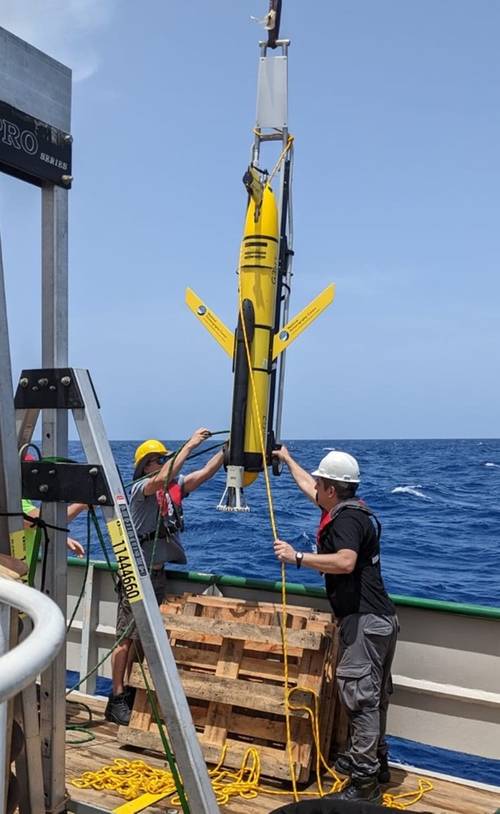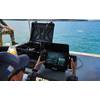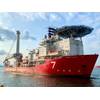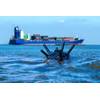Researchers Study the Fast Gulf Stream Currents
Scientists from the National Oceanography Centre (NOC) recently joined a five-day research expedition to study the role of the Gulf Stream in a critical component of the global carbon cycle.
The Gulf Stream is thought to play an integral role in the oceanic carbon cycle, delivering high-nutrient, low-anthropogenic (human derived) carbon waters to the North Atlantic subpolar gyre where they sustain biological carbon drawdown and enable the uptake of large quantities of CO2 from the atmosphere.
However, many unknowns remain regarding how these deep waters reach the surface, and their effect on carbon uptake. C-Streams is studying the physical and biogeochemical processes of the Gulf Stream, and how these processes might change into the future as a response to climate change.
The five-day expedition saw scientists travel onboard the R/V Walton Smith to the Florida Straits offshore of Miami to study the role of the Gulf Stream in the downstream air-sea CO2 fluxes, and the transport of old, nutrient-rich waters northwards. The team, working as part of the UK-US ‘C-Streams’ project, included NOC scientists Louis Clement, Darren Rayner, Pete Brown, and Felipe Marques dos Santos.
To collect key ocean data, the team deployed three different types of autonomous observing platforms in the Straits of Florida: gliders, biogeochemical Argo profiling floats and tall, deep-water moorings. This challenging environment hosts some of the strongest currents on Earth (>2.5 m/s) making it logistically and physically difficult to both deploy observing technologies and keep them in position.
The gliders were equipped with sensors that can measure the strength of the turbulent mixing at the millimetre scale. The aim of this mission is to measure the mixing vertically and horizontally to analyse its contribution to nutrients being added to or removed from the shallow layer of the Gulf Stream.
To do so, the glider will make several sections across the strong current over several months. Before the deployment, one glider had a defective altimeter that would have prevented to pilot it above the steep topography found under the Gulf Stream. Thanks to Geoffrey Morrison from Nova Southeastern University, who also uses gliders in this region, the team managed to find a working altimeter hours before the cruise departure.
Two Biogeochemical-Argo profiling floats were also released from the R/V Walton Smith. Their repeat profiling to the ocean bottom, as they are swept northwards by the ocean currents, will document in detail the downstream evolution of the Gulf Stream’s physical (temperature and salinity) and biogeochemical properties (oxygen, pH, nitrate, chlorophyll) as far as the subpolar North Atlantic. Finally, three tall moorings were deployed across the western half of the Florida Straits. These will sample continuously the deep transport of biogeochemical properties at the start of the Gulf Stream, giving novel information on how these waters vary over multiple timescales, and enabling links to be made to surface activity downstream. Large, aerodynamic ‘Stablemoor’ buoys had to be used to maintain the instrumentation and sensors attached to the mooring wires at stable depths.
Despite August seeing the onset of hurricane season, and three tropical storms already being in development by the end of the expedition, the team were able to find a weather window to deploy most instruments before encountering high winds on the last day.
The C-Streams project is a four-year UK-US collaboration that is supported by the Natural Environment Research Council (NERC) and the US National Science Foundation (NSF). Researchers from the National Oceanography Centre, the University of Southampton, the University of Liverpool, the Scottish Association of Marine Science, the British Antarctic Survey and the University of Miami are involved in this project.

















 February 2024
February 2024



